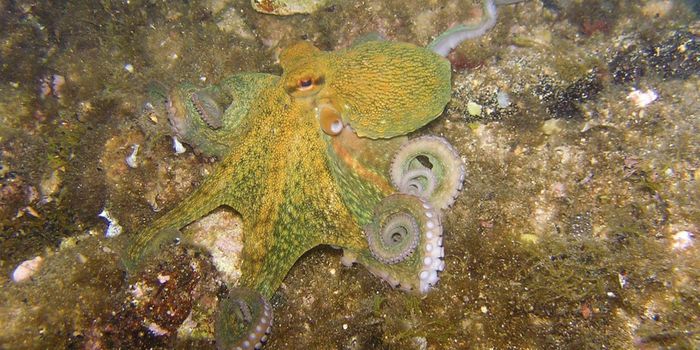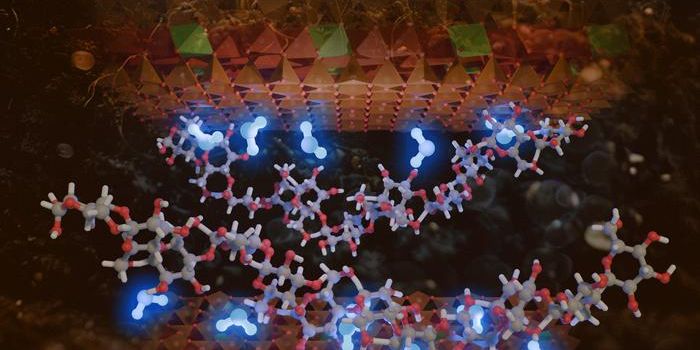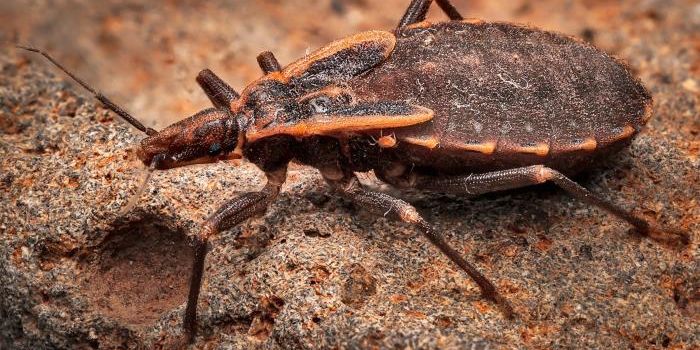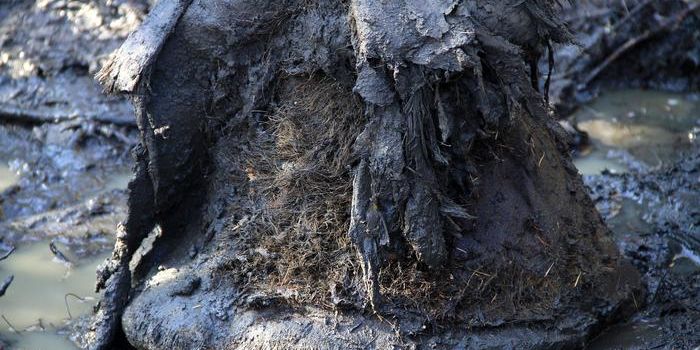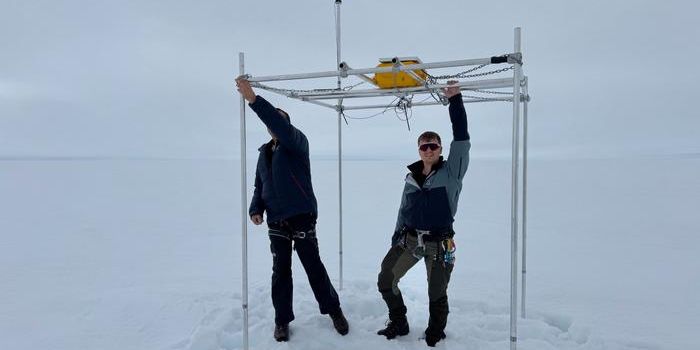How a Rattlesnake's 'Rattle' Works
Rattlesnakes are one of the most discernible snakes in the animal kingdom, not only because of their appearance, but also because of how they shake their tails at threats to warn them to stay away. When a rattlesnake shakes its tail, it makes the sound of a high-pitched baby rattle, hence their name. But have you ever wondered what was inside a rattlesnake’s tail that makes this sound?
Believe it or not, a rattlesnake’s tail has absolutely no loose particles flinging around inside as a maraca or baby rattle would. Instead, the sound comes from loosely packed keratin chunks that make an audible sound as they rub together when shaken. Moreover, the inside is completely hollow, so the sound produced tends to echo from within, amplifying the rattle’s sound and audacity.
Keratin is the same stuff that makes up hair and fingernails; in fact, if you were to flick one fingernail against another in rapid succession, you might hear a similar sound. Obviously, it wouldn’t sound exactly the same as a live rattlesnake because rattlesnakes have special muscles that can shake their rattle 90 times per second, but either way, you get the picture.
Baby rattlesnakes don’t have rattles, rather a single nub. This nub multiplies as the snake sheds its skin, so a snake that has shed its skin several times will have more nubs than a youngling, and consequently, it will make more noise too. On the other hand, rattles are fragile, and one that grows too large can break off just as a long fingernail would. When this happens, they’ll have to rebuild their rattles.

